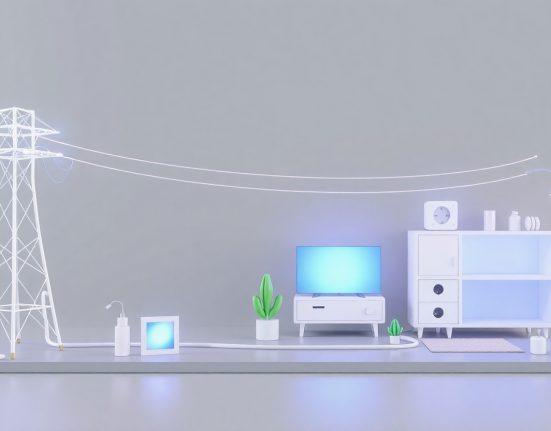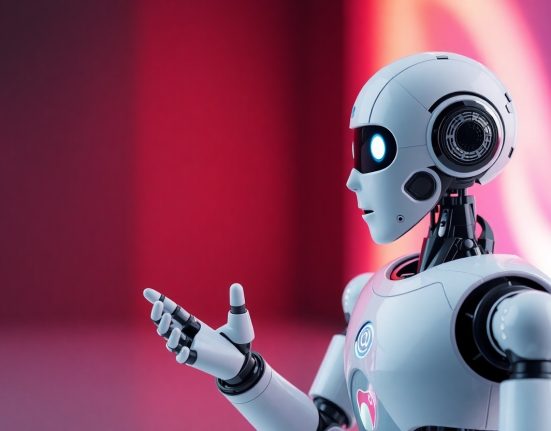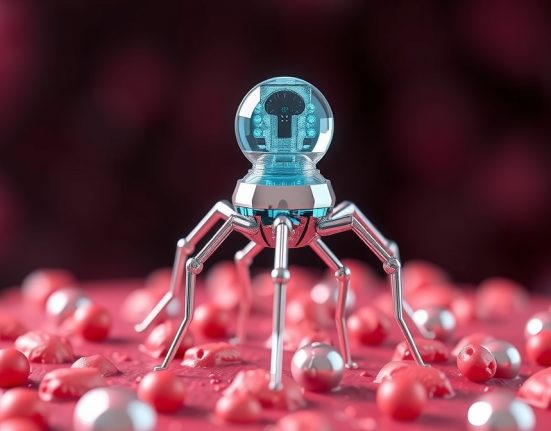The Service Robot Revolution in Nursing Homes and Hospitals: How Robots Assist Medical Teams and Social Workers?
In an era where healthcare and welfare systems worldwide face growing challenges, robotic technology offers promising solutions that are transforming elder and patient care. In recent years, we have witnessed an increasing adoption of service robots in nursing homes and medical institutions, a trend that is gaining momentum especially in light of the global shortage of professional healthcare and nursing personnel. These robots, integrated into therapeutic environments, do not replace the essential human touch but serve as significant tools enabling professional teams to focus on tasks requiring complex human skills such as empathy, judgment, and the ability to personally adapt to patient needs.
The robotic revolution in medical and nursing care is manifested in a wide range of applications. Logistics robots, for example, navigate hospital and nursing home corridors, delivering medications, medical equipment, food, and laundry. They significantly reduce the physical burden on staff and free up valuable time that can be devoted to direct patient care. The American company “Aethon,” for instance, developed the TUG robot that has become an integral part of the landscape in hundreds of hospitals worldwide. This robot can carry heavy weights, navigate independently in complex spaces, and even communicate with elevators and automatic doors, making it a particularly efficient solution in large and complex environments.
Another aspect of the robotic revolution is evident in robots that assist in personal and direct patient care. Here one can find a variety of solutions, from robots that assist in lifting and transferring patients – a task that is one of the main causes of injuries among medical staff – to robots that assist in daily tasks such as bathing, feeding, and even monitoring medication intake. The Japanese company “Cyberdyne” developed the HAL (Hybrid Assistive Limb) suit, which assists both caregivers in performing demanding physical tasks and patients dealing with mobility limitations. This suit, which operates in conjunction with bio-electrical sensors, identifies the user’s intention and enhances their physical strength, allowing for both safer care and more efficient rehabilitation.
Beyond physical assistance, another significant development in the field is social and emotional robots, specifically designed for psychological and cognitive support. These robots, such as Sony’s AIBO robotic dog or the Japanese PARO teddy bear robot, are designed to reduce loneliness, anxiety, and depression among the elderly and patients with dementia. Studies show that interaction with these robots improves mood, encourages social activity, and even reduces the need for psychiatric medications in certain cases. Especially during the COVID-19 pandemic, when social isolation became a significant challenge in nursing homes, these robots provided an important response to the emotional needs of many residents.
Social workers, whose role is central in healthcare and welfare systems, also find robots to be significant aids. Robots equipped with advanced artificial intelligence systems assist in collecting and processing information about patients, identifying behavioral patterns and signs of distress, and enabling early intervention when necessary. Additionally, robots assist in managing digital files and coordinating between different care providers, reducing the administrative burden on social workers and allowing them to devote more time to the therapeutic work itself.
Despite the many advantages, integrating robots into therapeutic environments also raises significant challenges. The economic challenge is one of the most prominent – the costs of purchasing, maintaining, and implementing advanced robotic systems are high, and not every institution can afford this investment. However, a long-term cost-benefit calculation shows that this investment may be worthwhile, especially given the savings in manpower and the reduction of risks to both caregivers and patients.
Another significant challenge concerns training staff to work with the new technology. Successful integration of robots requires comprehensive training of professionals, not only in the technical operation of the systems but also in understanding how technology can be integrated into existing work processes. This is a process that requires investment of resources, time, and effort, as well as a willingness to change ingrained work patterns.
A central ethical issue in this context concerns the extent of reliance on robots in caring for vulnerable populations. The fear of “replacing” human touch with technology, especially for people suffering from loneliness, is a legitimate concern that requires deep consideration. Experts in the field emphasize the importance of using robots as an addition to human care rather than a substitute for it, and the need to establish clear boundaries between tasks that can be delegated to robots and those requiring a human presence.
Privacy and data security also pose a significant challenge. Advanced robots collect and process vast amounts of sensitive information about patients – from medical information to daily habits and personal behavior. Ensuring data security and protecting patient privacy requires advanced security systems and strict protocols, especially in light of the increasing frequency and sophistication of cyber attacks on healthcare institutions.
Despite the challenges, the future of integrating robots in nursing homes and hospitals looks promising. Rapid technological developments, especially advances in artificial intelligence, are expected to lead to smarter, more intuitive robots with personalized capabilities. Meanwhile, the ongoing decline in technology prices is expected to make it more accessible to many institutions.
Recent studies indicate that the optimal combination is one that combines the advantages of robotic technology – precision, consistency, ability to work continuously – with the advantages of human care – empathy, creativity, and a deep understanding of human complexity. Successful models of such integration are already operating in several countries, especially in Japan, Germany, and the United States, providing important insights into how robotic technology can be ethically and efficiently implemented in therapeutic environments. Ultimately, the service robot revolution in nursing homes and hospitals is not just about technology, but about a profound conceptual change regarding how we provide care and nursing. It is an opportunity to rethink models of care, resource allocation, and how to improve the quality of life for both patients and caregivers. In a world facing an aging population and a growing shortage of healthcare professionals, robotic solutions offer a promising path to addressing these challenges while preserving essential human values of dignity, autonomy, and quality of life.














